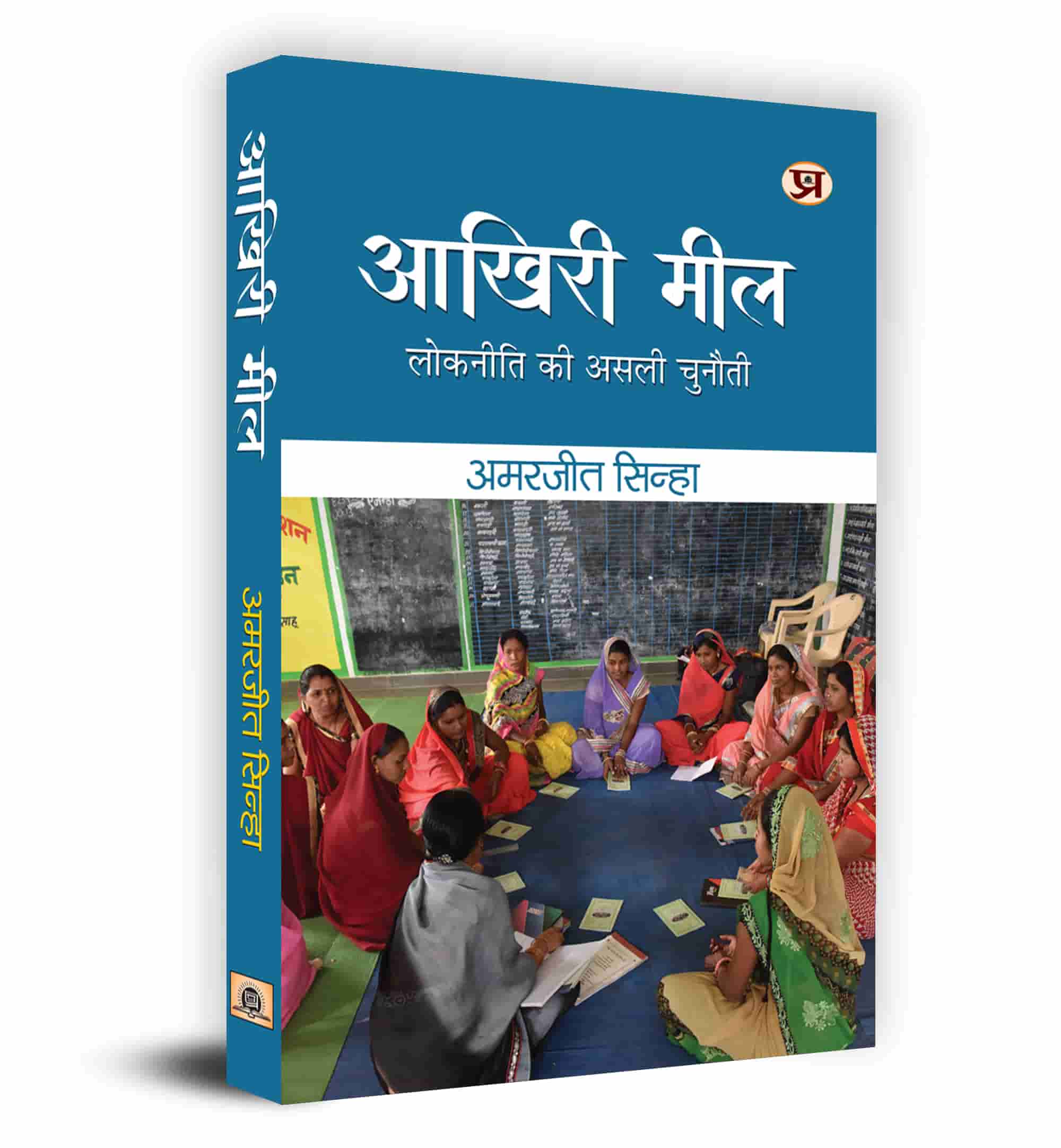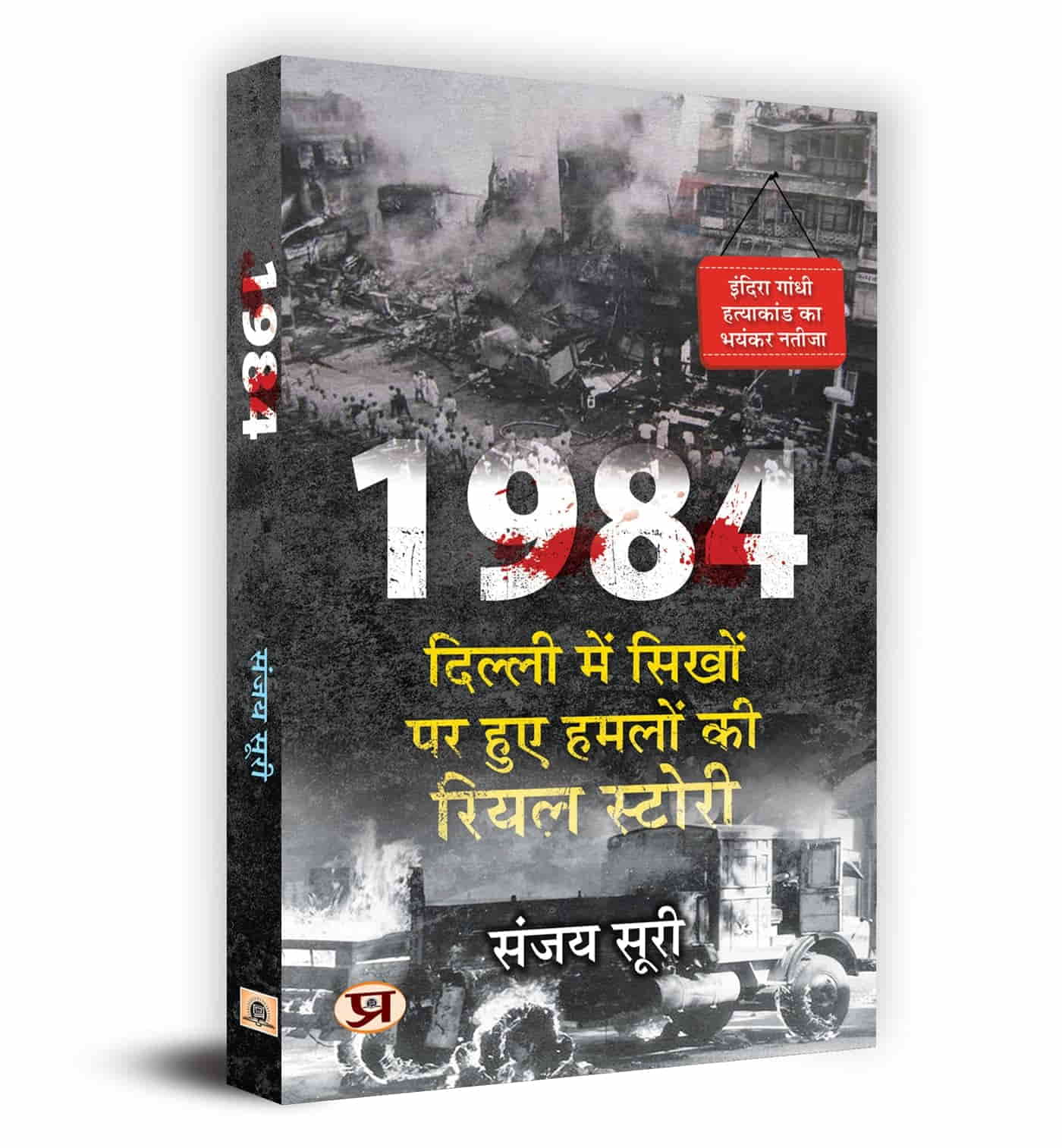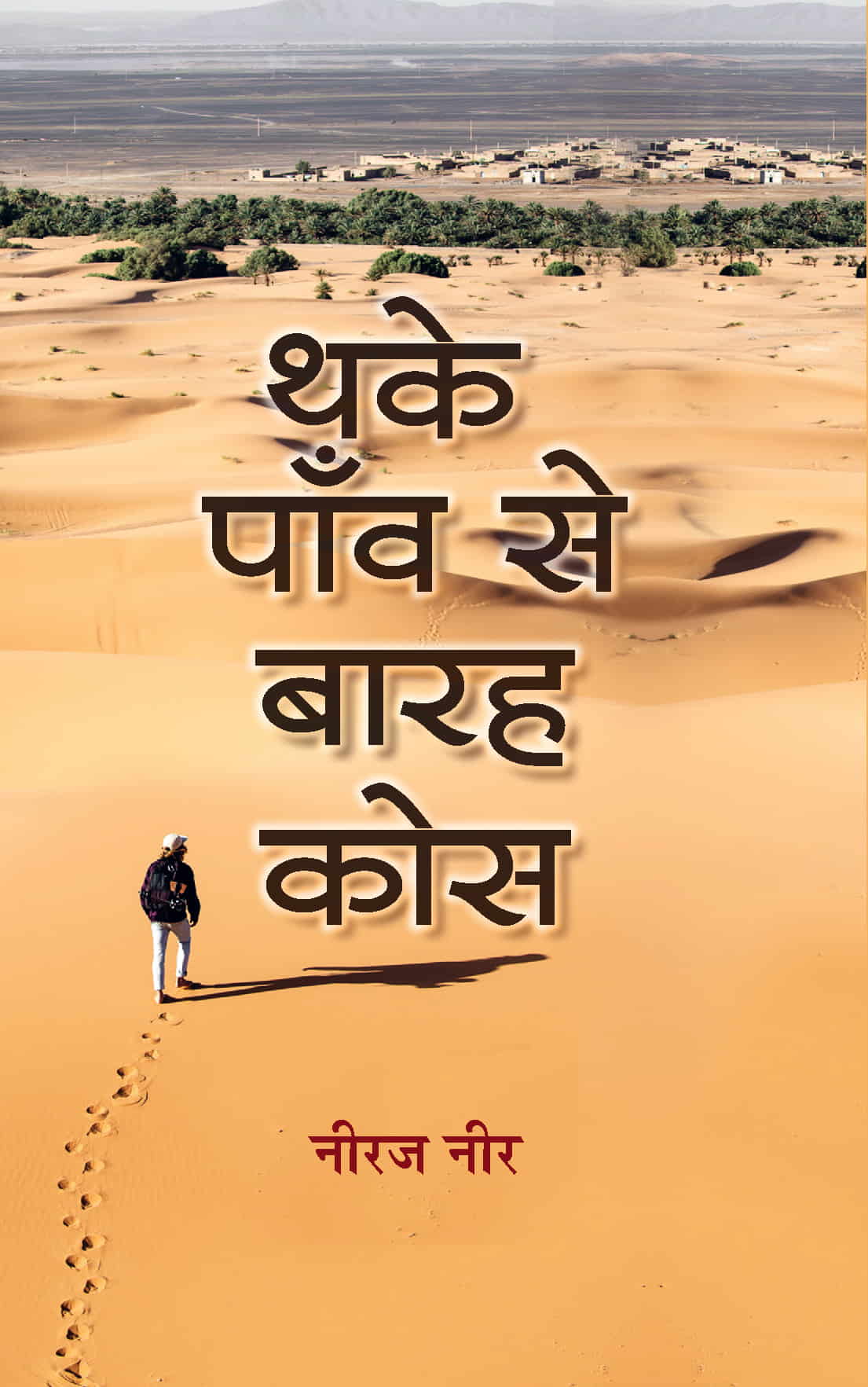₹750










The classical accounts of Greek and Roman writers, and subsequently, the works of Chinese pilgrims portrayed the splendour of civilization in ancient India. By the seventh century, the world scenario had altered significantly with the advent of Islam and the attendant era of Arab expansion. The age of Arab travellers, geographers, merchants and historians commenced with the Islamic ascendancy.
India was then at a high point in her intellectual and cultural attainments. The Arabs transmitted knowledge of Indian numerals, mathematics, philosophy and logic, mysticism, ethics, statecraft, military science, medicine, astronomy and astrology to the outside world. Arab travellers described the grandeur and wealth of the kings of India, singling out for special mention the Palas, the Gurjara Pratiharas and the Rashtrakutas.
Politically, while north India was being subjected to Arab and Turkish invasions which culminated in the establishment of the Delhi Sultanate in A.D. 1206, the south moved on a different trajectory. In the last quarter of the tenth century, the mighty Cholas on the Coromandel Coast replaced the Rashtrakutas as the paramount kings of India. By A.D. 1200, the Chola kingdom had withered away. In A.D. 1336, was established the Vijayanagar kingdom, which stood as a bulwark against Muslim attacks from the north for over two centuries.
Meanwhile, several European missions and missionaries undertook the journey to China, visiting India en route, or on their return journey. European merchants took advantage of the land routes opened by the Mongol conquests and some of them managed to visit India.
Besides the works of European travellers, traders and merchants, several Chinese accounts of India are also available from the twelfth century.
_______________________________________________________________________________________________________________________________________________________________________________________________________________________________________________________________________________________________________________________
CONTENTS
Publisher’s Note — Pgs. v
Introduction — Pgs. vii
Select List of Travellers and Writers — Pgs. xiii
Chapter 1
Natural Wealth — Pgs. 1
A. Some Descriptions of the Land — Pgs. 1
B. Climate — Pgs. 12
C. Nature’s Bounty – Flora and Fauna — Pgs. 14
D. Precious Stones and Metals — Pgs. 29
Chapter 2
Social Life, Customs and Manners — Pgs. 33
A. Some Descriptions of the People — Pgs. 33
B. Cleanliness, Dress and Appearance — Pgs. 44
C. Diet — Pgs. 46
D. Dwellings — Pgs. 49
E. Glimpses of people in some parts of India — Pgs. 50
F. Festivals — Pgs. 61
G. Funeral ceremonies — Pgs. 64
Chapter 3
Languages, Literature, Science, Legal System — Pgs. 69
A. Languages — Pgs. 69
B. Literature — Pgs. 74
C. Science — Pgs. 78
D. Legal system — Pgs. 84
Chapter 4
State of Economy — Pgs. 89
A. Some important cities and ports — Pgs. 89
B. Ships and Navigation — Pgs. 106
C. Pearl fishery — Pgs. 107
D. Communications — Pgs. 108
E. Artisans — Pgs. 108
F. Weights and measures — Pgs. 109
G. Coinage and Currency — Pgs. 112
H. Prices and markets — Pgs. 114
Chapter 5
Architecture — Pgs. 117
A. Cities, Town Planning — Pgs. 117
B. Forts — Pgs. 123
C. Temples — Pgs. 123
Chapter 6
Religious Practices — Pgs. 127
A. Some observations on religion and philosophy — Pgs. 127
B. Image worship — Pgs. 136
C. Some important temples — Pgs. 138
D. Popular pilgrimage sites — Pgs. 145
E. Certain other customs — Pgs. 147
F. Cow worship — Pgs. 149
G. Ascetics — Pgs. 151
H. On Buddhism — Pgs. 156
I. Selection of Lama — Pgs. 160
Chapter 7
Varna and Jati — Pgs. 163
A. Classes of men — Pgs. 163
B. Brahmins — Pgs. 167
C. Kshatriyas — Pgs. 174
D. Vaishyas — Pgs. 175
E. Sudras — Pgs. 175
F. Doms — Pgs. 176
G. Mlecchas — Pgs. 176
H. All beings equal — Pgs. 176
Chapter 8
Women — Pgs. 177
A. Some observations — Pgs. 177
B. Marriage — Pgs. 177
C. Sati — Pgs. 180
D. Devadasis — Pgs. 183
E. House of prostitution — Pgs. 183
Chapter 9
Hindu Rulers — Pgs. 185
A. The kings of India — Pgs. 185
B. Pulakesin II — Pgs. 186
C. Rai Dahir — Pgs. 186
D. The Rashtrakutas — Pgs. 192
E. Al-Jurz [al-Jurzara, Gurjara] — Pgs. 194
F. Kings of Bengal — Pgs. 195
G. Kingdom of Lakhimpur — Pgs. 197
H. Kingdom of Tafar — Pgs. 197
I. Kingdom of Kashmir — Pgs. 197
J. Kingdom of Kiranj — Pgs. 198
K. Kingdom of Kanauj — Pgs. 198
L. The Chola kingdom — Pgs. 199
M. The kingdom of Telingana — Pgs. 200
N. The kingdom of Nairs — Pgs. 200
O. The Kingdom of Mabar — Pgs. 200
P. The kings of India the Greater — Pgs. 204
Q. The Zamorin — Pgs. 205
R. King of Vijayanagar — Pgs. 206
S. The King of Cochin — Pgs. 208
T. The King of Calicut — Pgs. 208
Chapter 10
Parsees, Jews, Christians — Pgs. 215
A. Parsees — Pgs. 215
B. Jews — Pgs. 215
C. The legend of Prester John — Pgs. 215
D. The St. Thomas tradition — Pgs. 216
Chapter 11
Muslim Invaders — Pgs. 219
A. Early Expeditions unsuccessful — Pgs. 221
B. Conquest of Multan and Sindh — Pgs. 224
C. Subuktigin’s invasions — Pgs. 227
D. Some conquests of Mahmud of Ghazni — Pgs. 229
E. Tilak the Hindu — Pgs. 236
F. Ahmad Nialtigin at Banaras — Pgs. 237
G. Muhammad Ghori — Pgs. 237
H. Bakhtiyar Khilji — Pgs. 244
I. Timur — Pgs. 248
Chapter 12
Muslim Rulers — Pgs. 259
A. The Sultans of Delhi — Pgs. 259
B. Sultan of Bedar — Pgs. 274
C. Sultan of Padua — Pgs. 276
References — Pgs. 279
Select Bibliography — Pgs. 291
Index — Pgs. 295

Meenakshi Jain is an associate professor of History at Gargi College, University of Delhi. She was Fellow, Nehru Memorial Museum & Library, Teen Murti. Her recent works include Parallel Pathways. Essays on Hindu-Muslim Relations (1707-1857). She is the co-author of The Rajah Moonje Pact. Documents on a Forgotten Chapter of Indian History.